Garofalo
Works by Benvenuto Tisi known as Garofalo, a Venetian painter of the late Renaissance who was very active in Emilia Romagna for Duke Alfonso d'Este: the profane frescoes of Palazzo Costabili in Ferrara and the Delizia di Belriguardo in Voghiera.
21474_1423.jpg
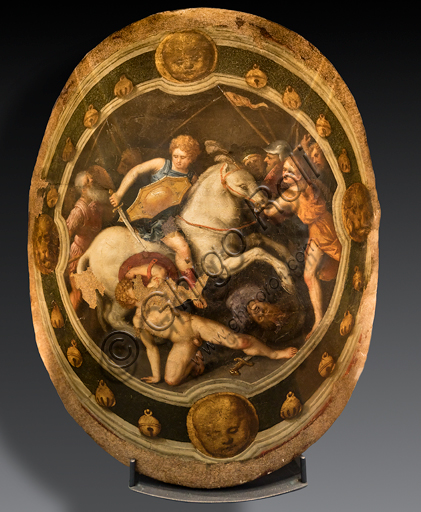
"The Killing of Galata", by Benvenuto Tisi known as Garofal...
add to lightbox
21205_0216.jpg
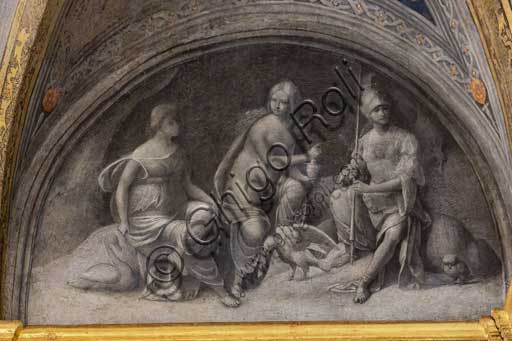
Ferrara, Palazzo Costabili or Palazzo di Ludovico il Moro (t...
add to lightbox
21205_0215.jpg
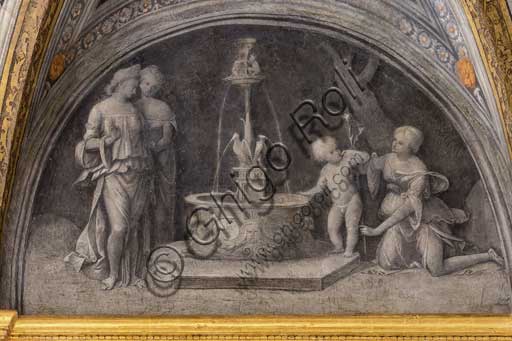
Ferrara, Palazzo Costabili or Palazzo di Ludovico il Moro (t...
add to lightbox
21205_0214.jpg
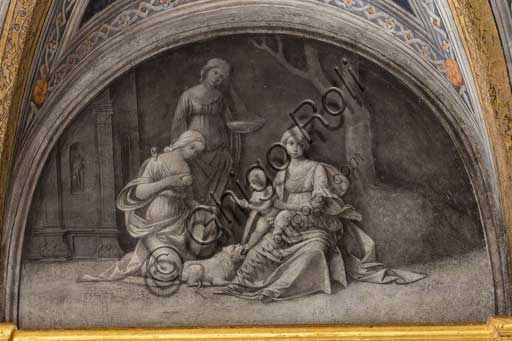
Ferrara, Palazzo Costabili or Palazzo di Ludovico il Moro (t...
add to lightbox
21205_0213.jpg
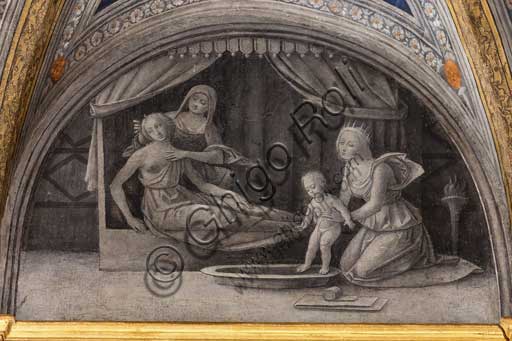
Ferrara, Palazzo Costabili or Palazzo di Ludovico il Moro (t...
add to lightbox
21205_0212.jpg
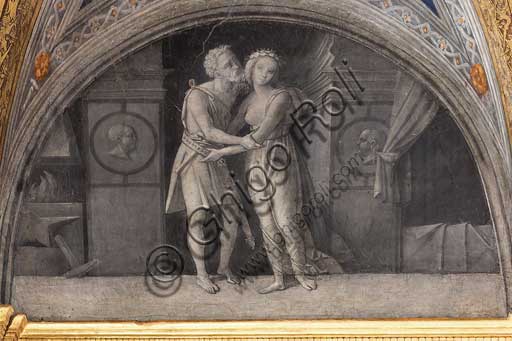
Ferrara, Palazzo Costabili or Palazzo di Ludovico il Moro (t...
add to lightbox
21205_0211.jpg
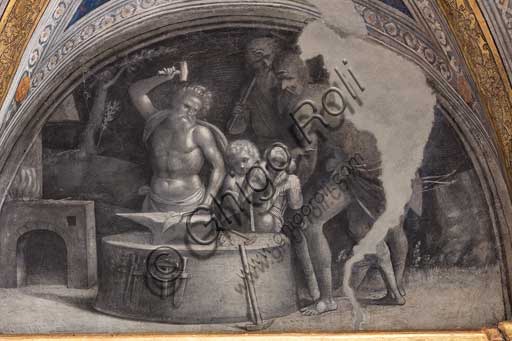
Ferrara, Palazzo Costabili or Palazzo di Ludovico il Moro (t...
add to lightbox
21205_0210.jpg
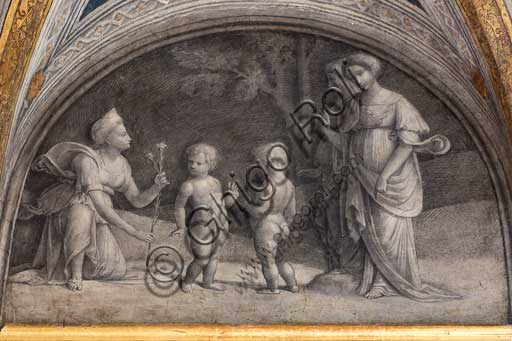
Ferrara, Palazzo Costabili or Palazzo di Ludovico il Moro (t...
add to lightbox
21205_0209.jpg
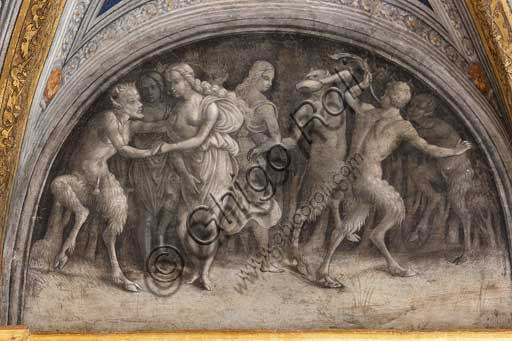
Ferrara, Palazzo Costabili or Palazzo di Ludovico il Moro (t...
add to lightbox
21205_0208.jpg
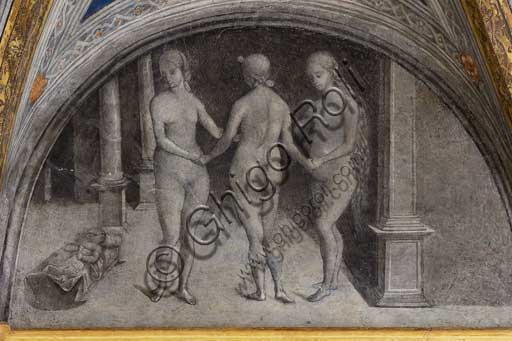
Ferrara, Palazzo Costabili or Palazzo di Ludovico il Moro (t...
add to lightbox
21205_0207.jpg
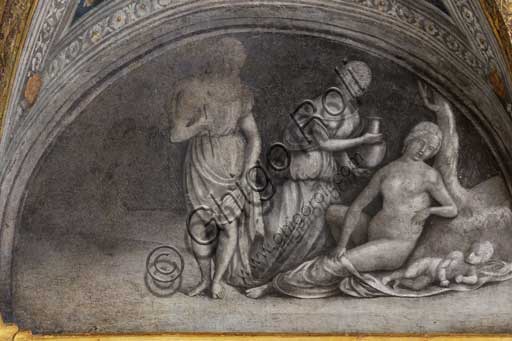
Ferrara, Palazzo Costabili or Palazzo di Ludovico il Moro (t...
add to lightbox
21205_0206.jpg
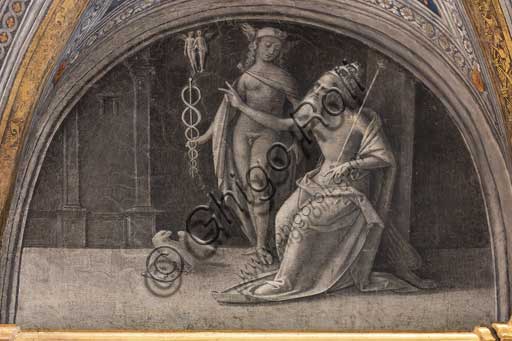
Ferrara, Palazzo Costabili or Palazzo di Ludovico il Moro (t...
add to lightbox
21205_0205.jpg
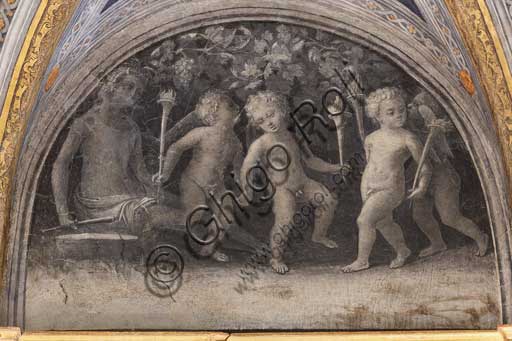
Ferrara, Palazzo Costabili or Palazzo di Ludovico il Moro (t...
add to lightbox
21205_0204.jpg
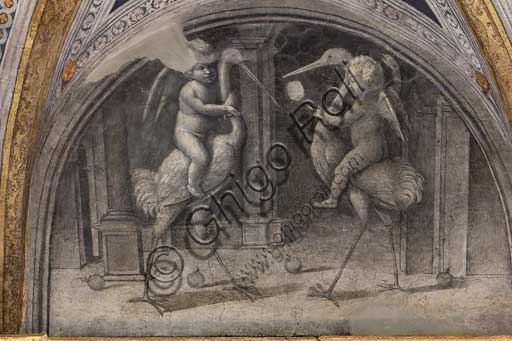
Ferrara, Palazzo Costabili or Palazzo di Ludovico il Moro (t...
add to lightbox
21205_0203.jpg
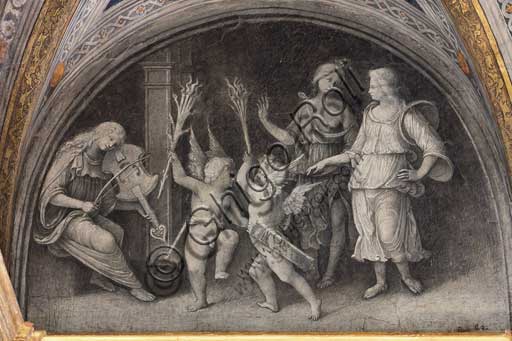
Ferrara, Palazzo Costabili or Palazzo di Ludovico il Moro (t...
add to lightbox
21205_0202.jpg
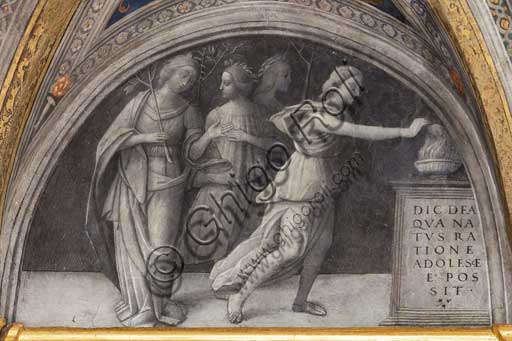
Ferrara, Palazzo Costabili or Palazzo di Ludovico il Moro (t...
add to lightbox
21205_0201.jpg
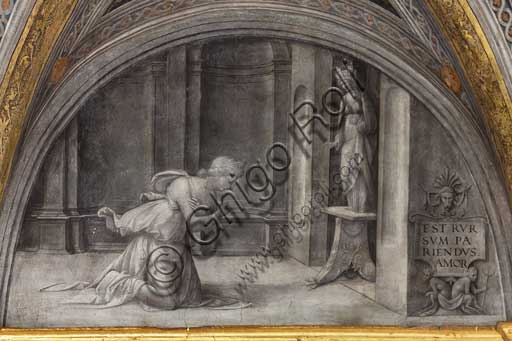
Ferrara, Palazzo Costabili or Palazzo di Ludovico il Moro (t...
add to lightbox
21205_0200.jpg
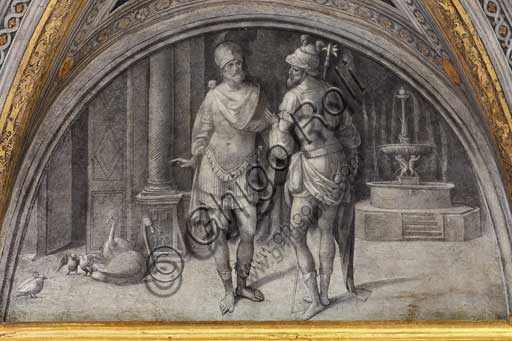
Ferrara, Palazzo Costabili or Palazzo di Ludovico il Moro (t...
add to lightbox
21205_0199.jpg
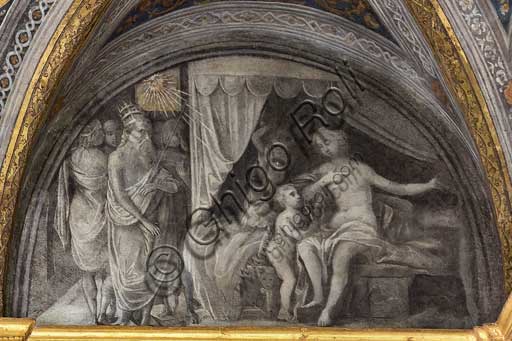
Ferrara, Palazzo Costabili or Palazzo di Ludovico il Moro (t...
add to lightbox
21205_0198.jpg
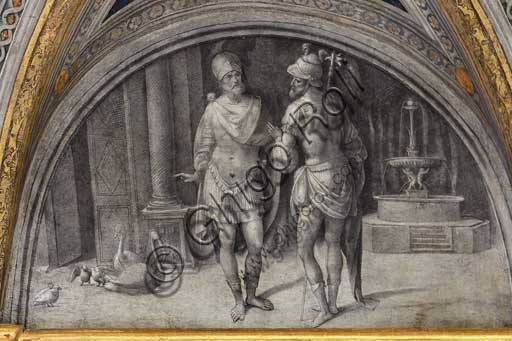
Ferrara, Palazzo Costabili or Palazzo di Ludovico il Moro (t...
add to lightbox
21205_0197_1.jpg
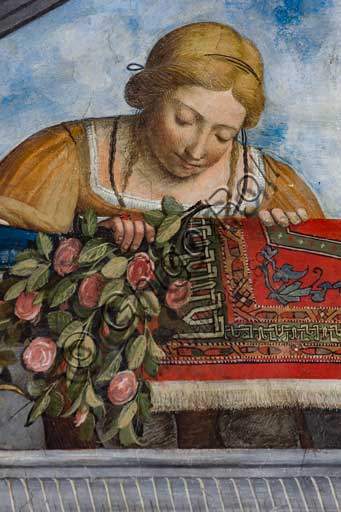
Ferrara, Palazzo Costabili or Palazzo di Ludovico il Moro (t...
add to lightbox
21205_0196.jpg
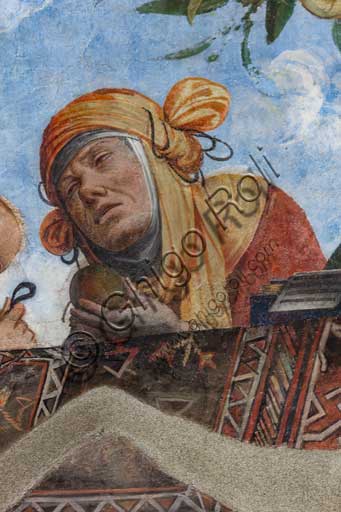
Ferrara, Palazzo Costabili or Palazzo di Ludovico il Moro (t...
add to lightbox
21205_0195.jpg
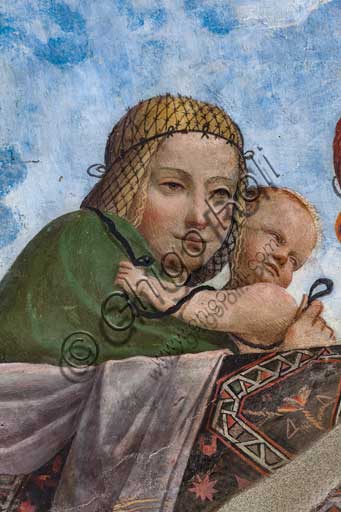
Ferrara, Palazzo Costabili or Palazzo di Ludovico il Moro (t...
add to lightbox
21205_0194.jpg
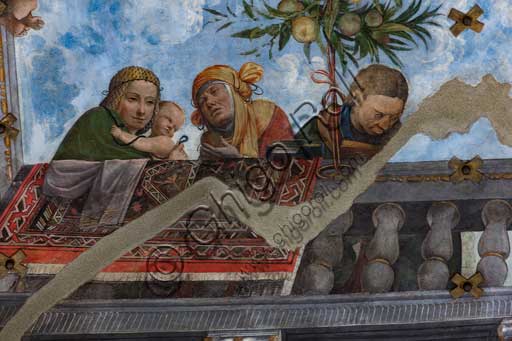
Ferrara, Palazzo Costabili or Palazzo di Ludovico il Moro (t...
add to lightbox
21205_0193.jpg
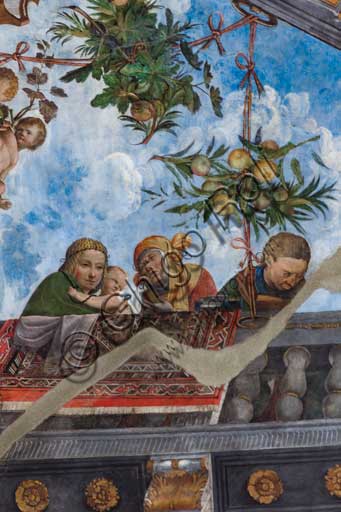
Ferrara, Palazzo Costabili or Palazzo di Ludovico il Moro (t...
add to lightbox
21205_0192.jpg
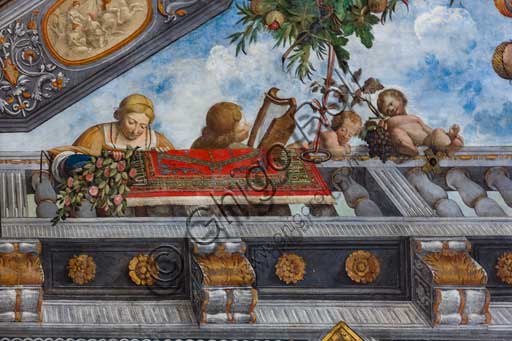
Ferrara, Palazzo Costabili or Palazzo di Ludovico il Moro (t...
add to lightbox
21205_0191.jpg
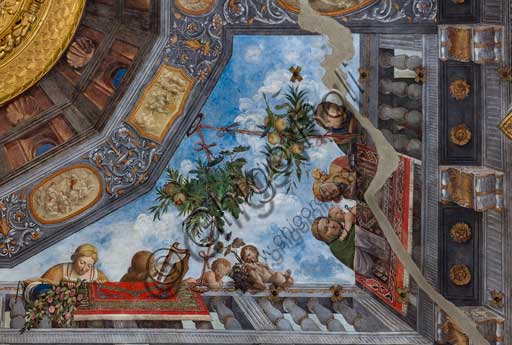
Ferrara, Palazzo Costabili or Palazzo di Ludovico il Moro (t...
add to lightbox
21205_0190.jpg
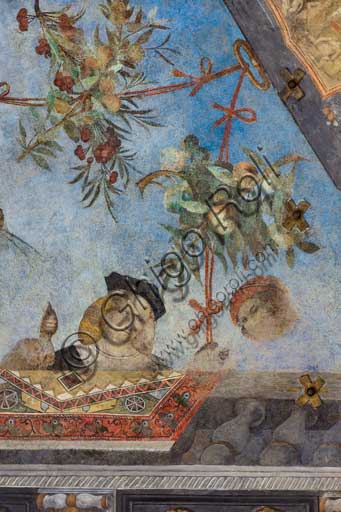
Ferrara, Palazzo Costabili or Palazzo di Ludovico il Moro (t...
add to lightbox
21205_0189.jpg
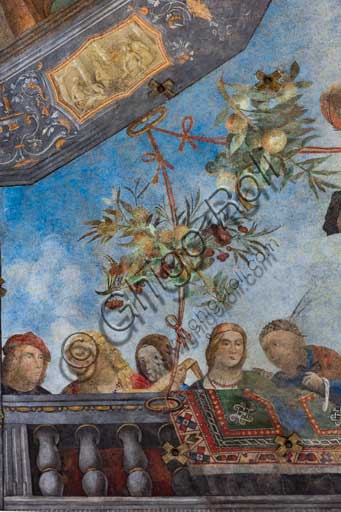
Ferrara, Palazzo Costabili or Palazzo di Ludovico il Moro (t...
add to lightbox
21205_0188.jpg
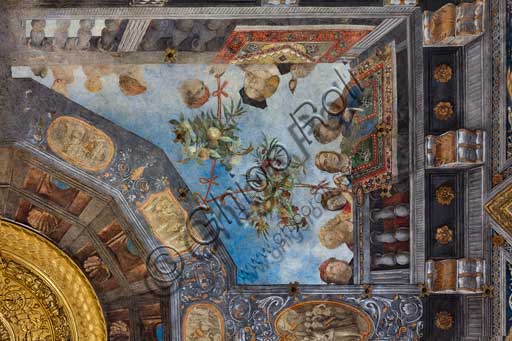
Ferrara, Palazzo Costabili or Palazzo di Ludovico il Moro (t...
add to lightbox
21205_0187.jpg
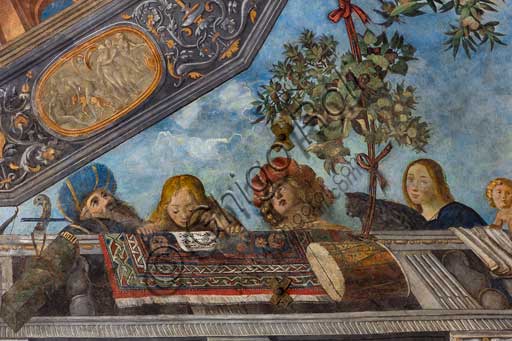
Ferrara, Palazzo Costabili or Palazzo di Ludovico il Moro (t...
add to lightbox
21205_0186.jpg
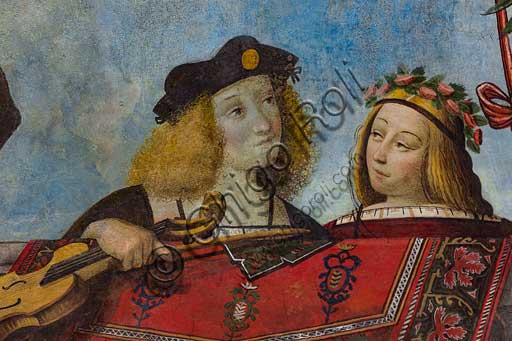
Ferrara, Palazzo Costabili or Palazzo di Ludovico il Moro (t...
add to lightbox
21205_0184.jpg
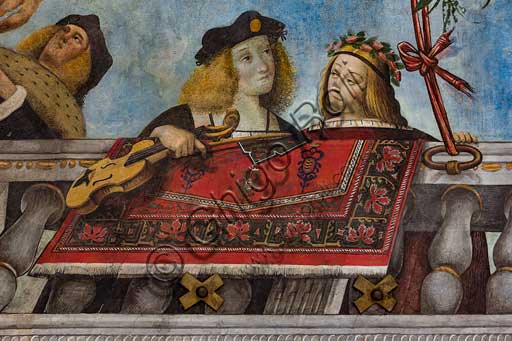
Ferrara, Palazzo Costabili or Palazzo di Ludovico il Moro (t...
add to lightbox
21205_0183.jpg
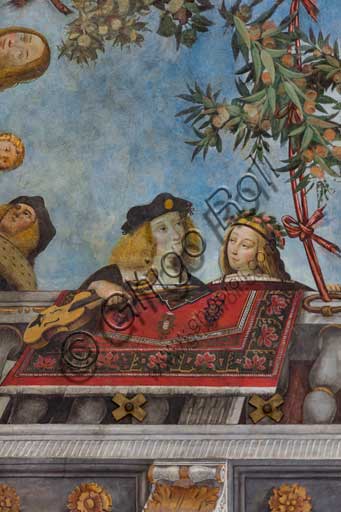
Ferrara, Palazzo Costabili or Palazzo di Ludovico il Moro (t...
add to lightbox
21205_0182.jpg
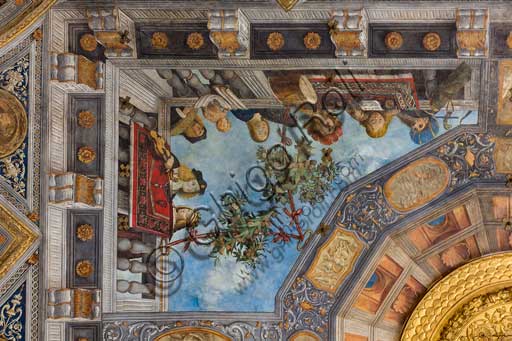
Ferrara, Palazzo Costabili or Palazzo di Ludovico il Moro (t...
add to lightbox
21205_0181.jpg
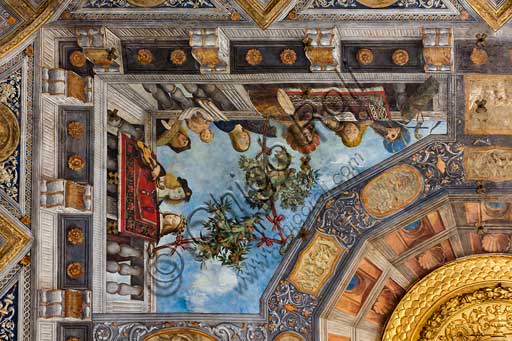
Ferrara, Palazzo Costabili or Palazzo di Ludovico il Moro (t...
add to lightbox
21205_0180.jpg
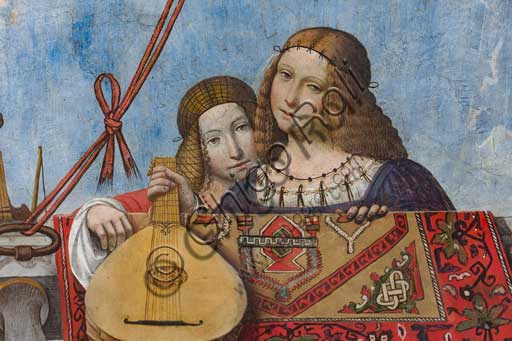
Ferrara, Palazzo Costabili or Palazzo di Ludovico il Moro (t...
add to lightbox
21205_0179.jpg
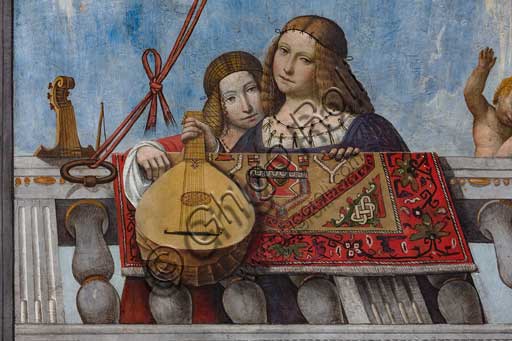
Ferrara, Palazzo Costabili or Palazzo di Ludovico il Moro (t...
add to lightbox
21205_0178_1.jpg
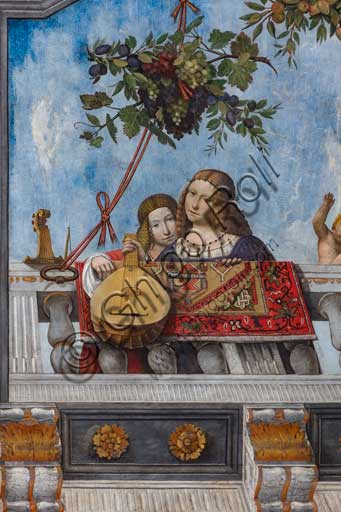
Ferrara, Palazzo Costabili or Palazzo di Ludovico il Moro (t...
add to lightbox
21205_0178.jpg
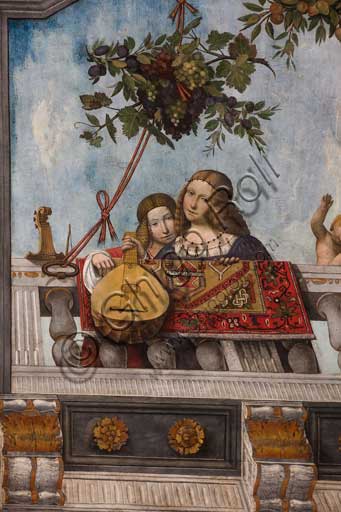
Ferrara, Palazzo Costabili or Palazzo di Ludovico il Moro (t...
add to lightbox
21205_0177.jpg
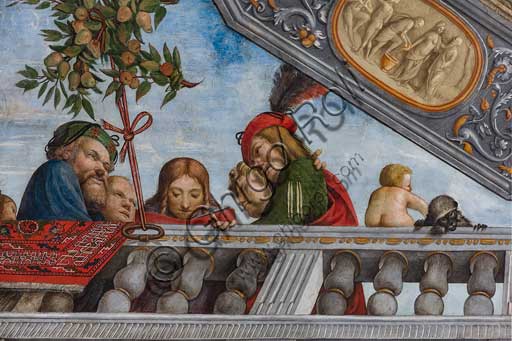
Ferrara, Palazzo Costabili or Palazzo di Ludovico il Moro (t...
add to lightbox
21205_0176.jpg
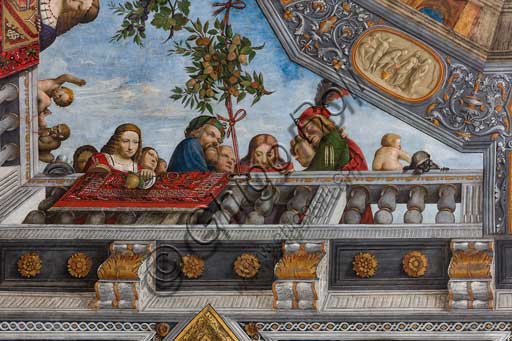
Ferrara, Palazzo Costabili or Palazzo di Ludovico il Moro (t...
add to lightbox
21205_0175.jpg
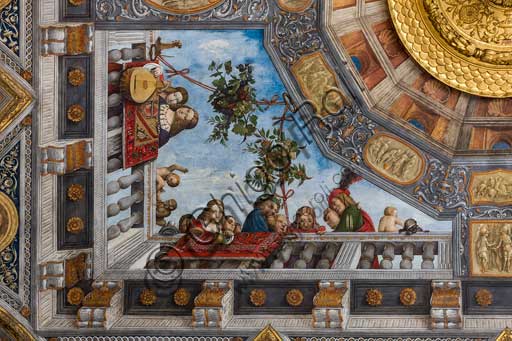
Ferrara, Palazzo Costabili or Palazzo di Ludovico il Moro (t...
add to lightbox
21205_0174.jpg
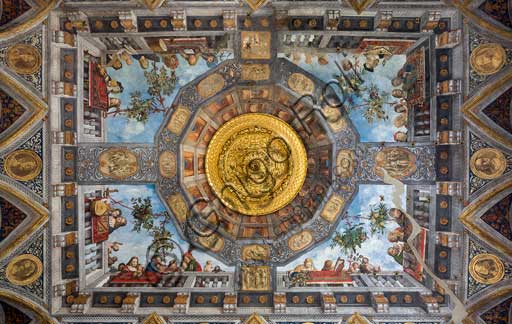
Ferrara, Palazzo Costabili or Palazzo di Ludovico il Moro (t...
add to lightbox
21205_0172.jpg
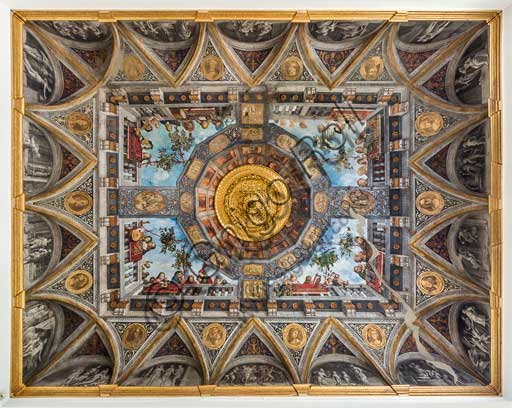
Ferrara, Palazzo Costabili or Palazzo di Ludovico il Moro (t...
add to lightbox
20202_219.jpg
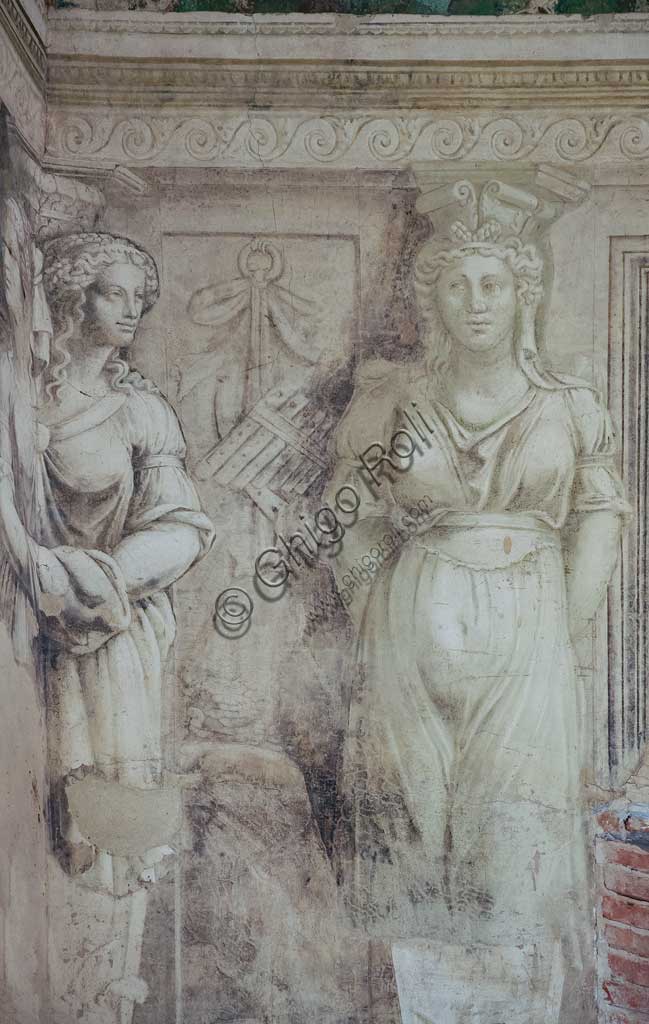
Voghiera, Delizia di Belriguardo, one of the 19 prestigious...
add to lightbox
20202_218.jpg
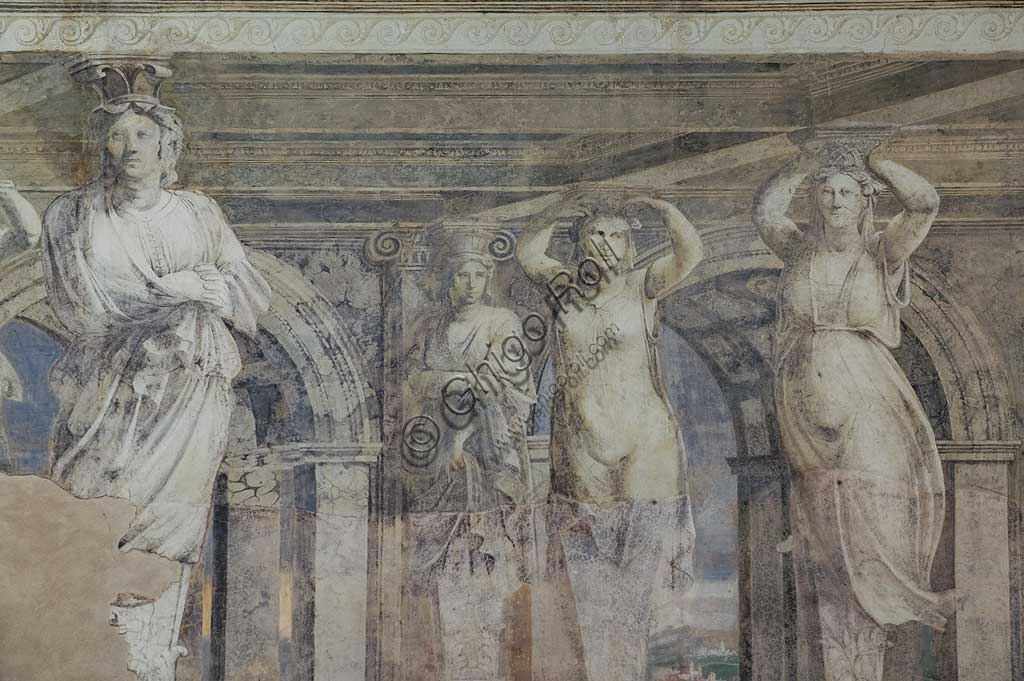
Voghiera, Delizia di Belriguardo, one of the 19 prestigious...
add to lightbox
20202_217.jpg
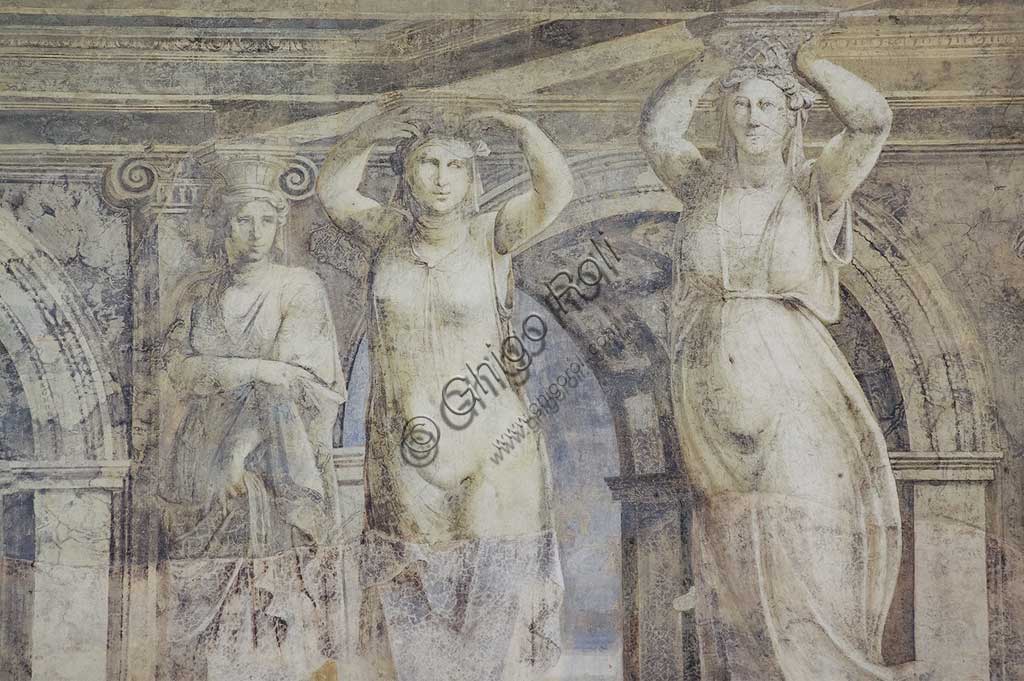
Voghiera, Delizia di Belriguardo, one of the 19 prestigious...
add to lightbox
20202_216.jpg
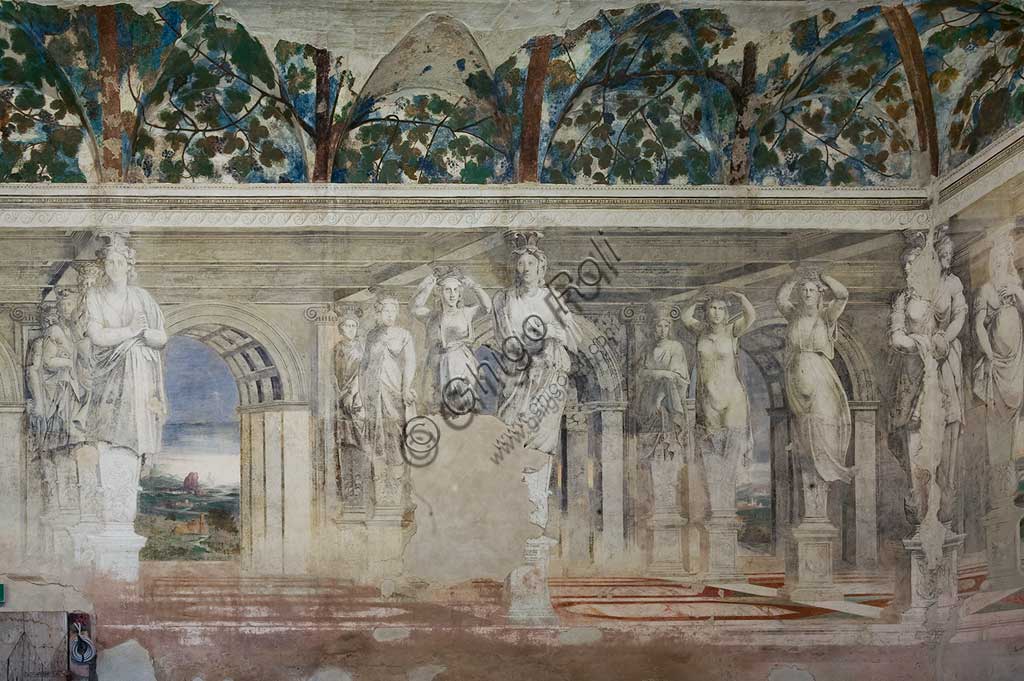
Voghiera, Delizia di Belriguardo, one of the 19 prestigious...
add to lightbox
20202_215.jpg
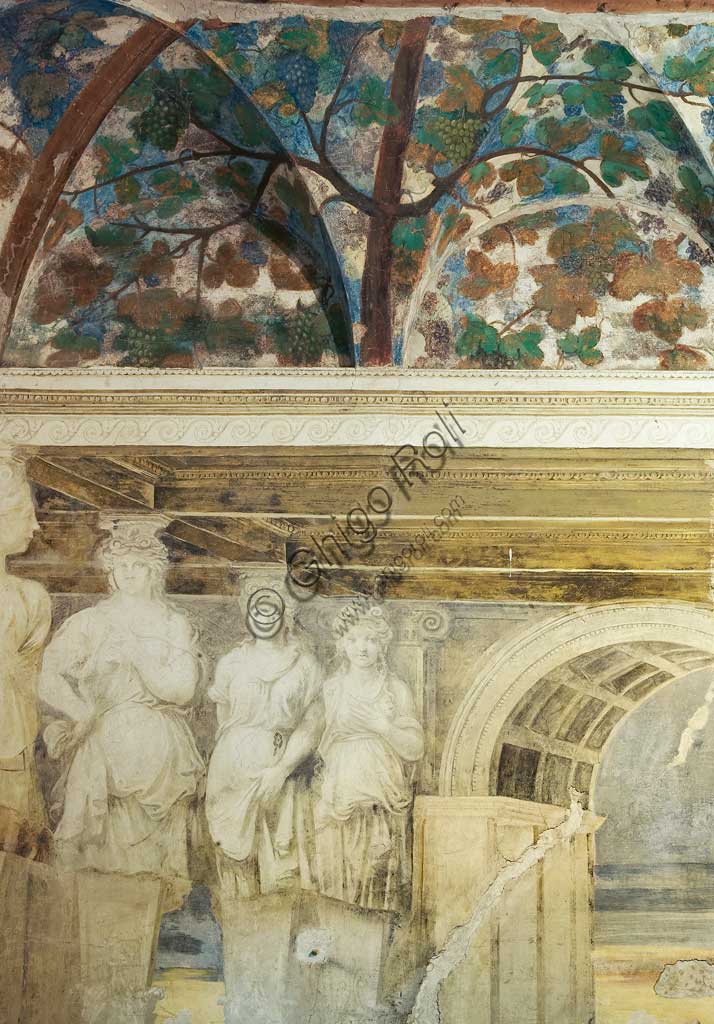
Voghiera, Delizia di Belriguardo, one of the 19 prestigious...
add to lightbox
20202_214.jpg
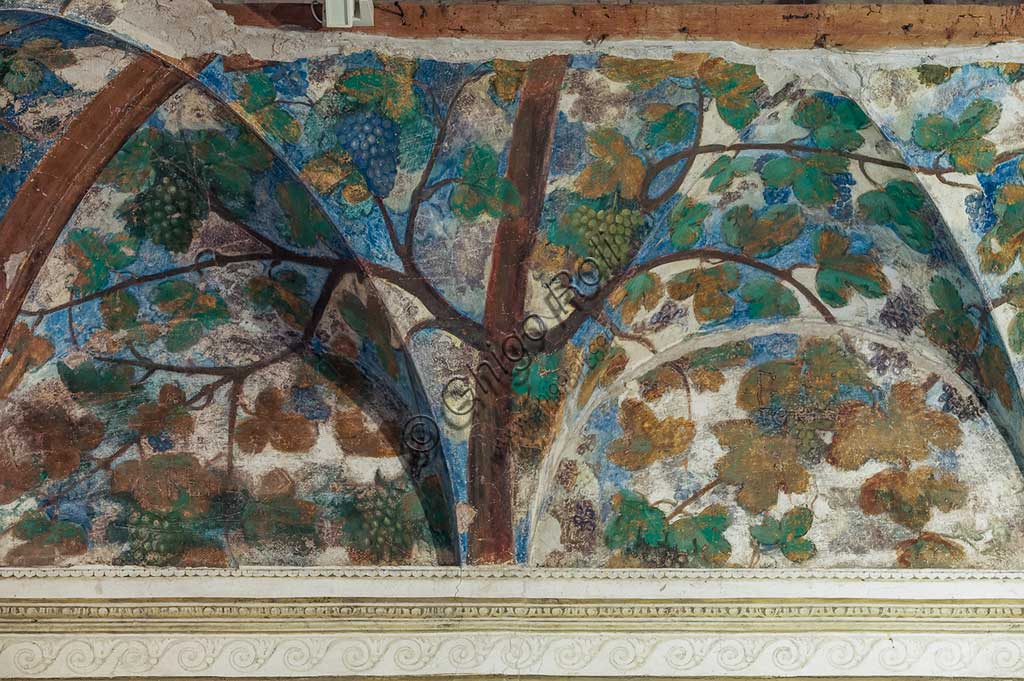
Voghiera, Delizia di Belriguardo, one of the 19 prestigious...
add to lightbox
20202_213.jpg
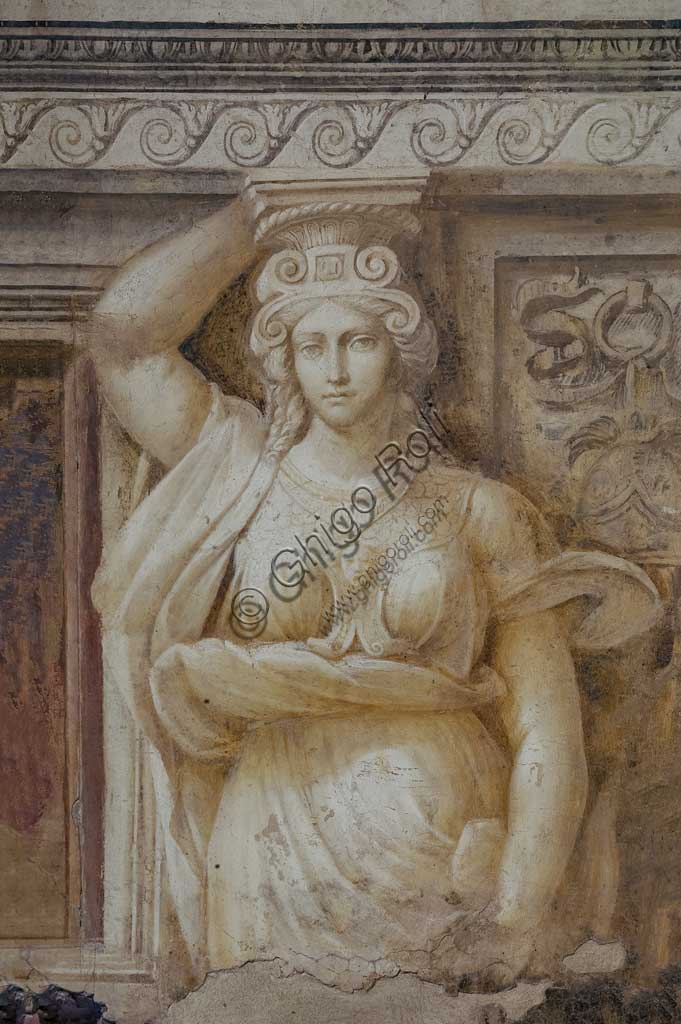
Voghiera, Delizia di Belriguardo, one of the 19 prestigious...
add to lightbox
20202_210.jpg
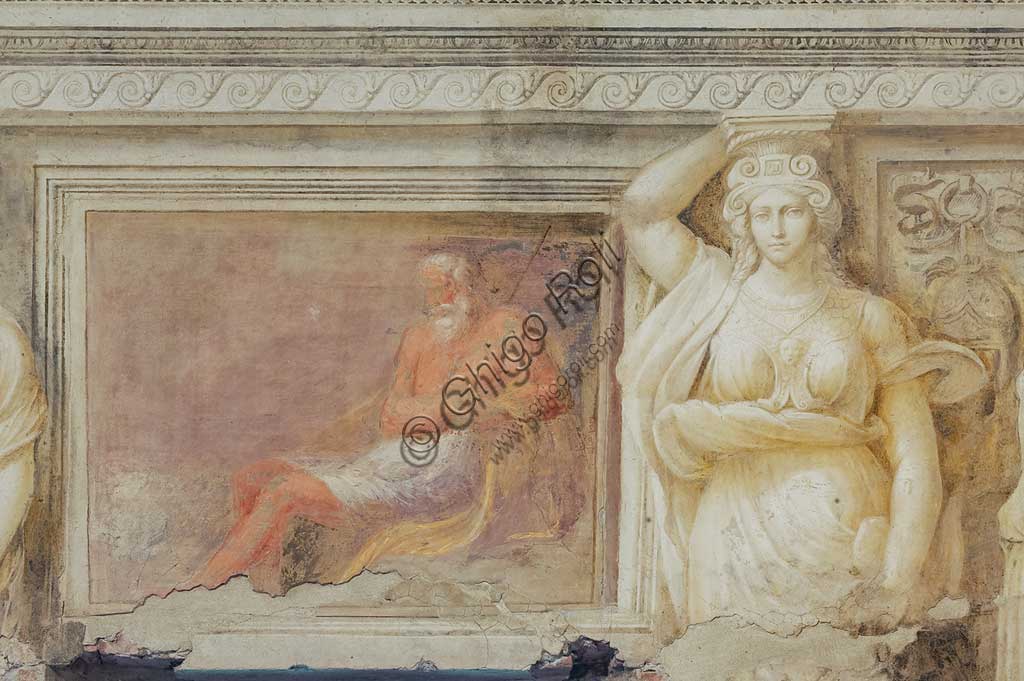
Voghiera, Delizia di Belriguardo, one of the 19 prestigious...
add to lightbox
20202_207.jpg
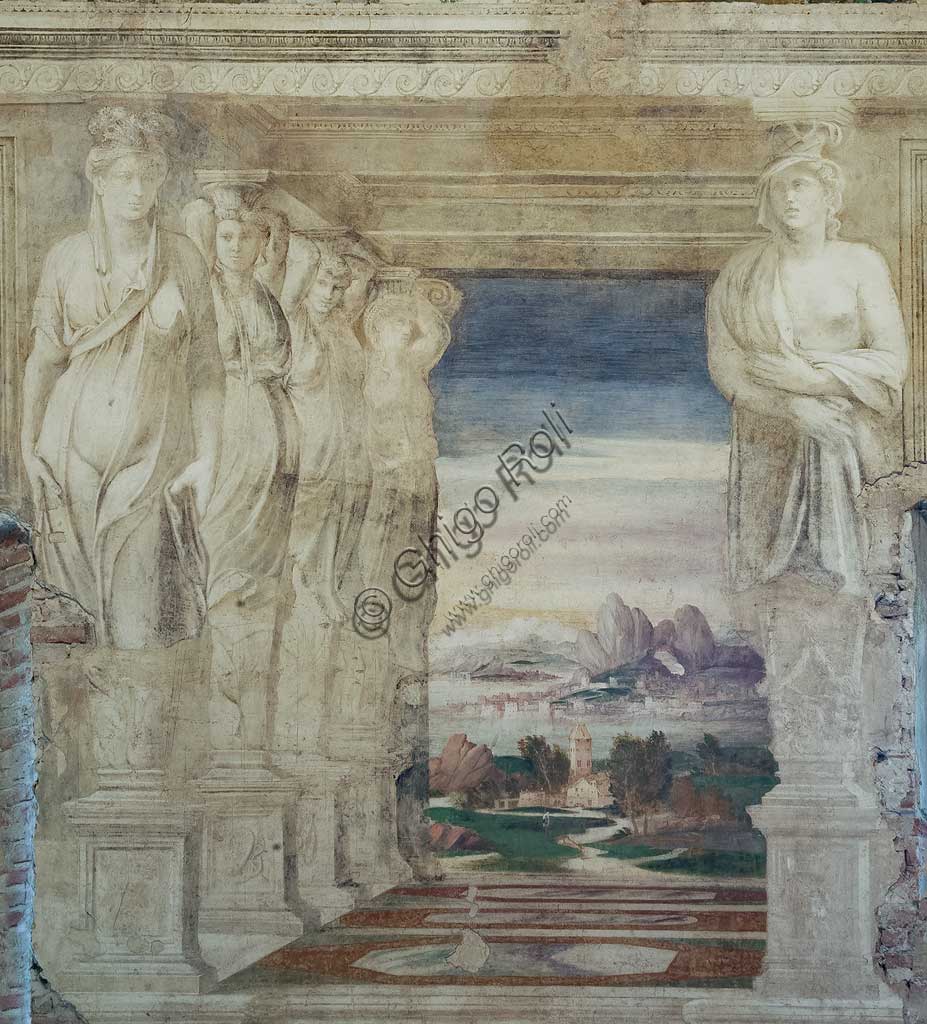
Voghiera, Delizia di Belriguardo, one of the 19 prestigious...
add to lightbox
20202_205.jpg
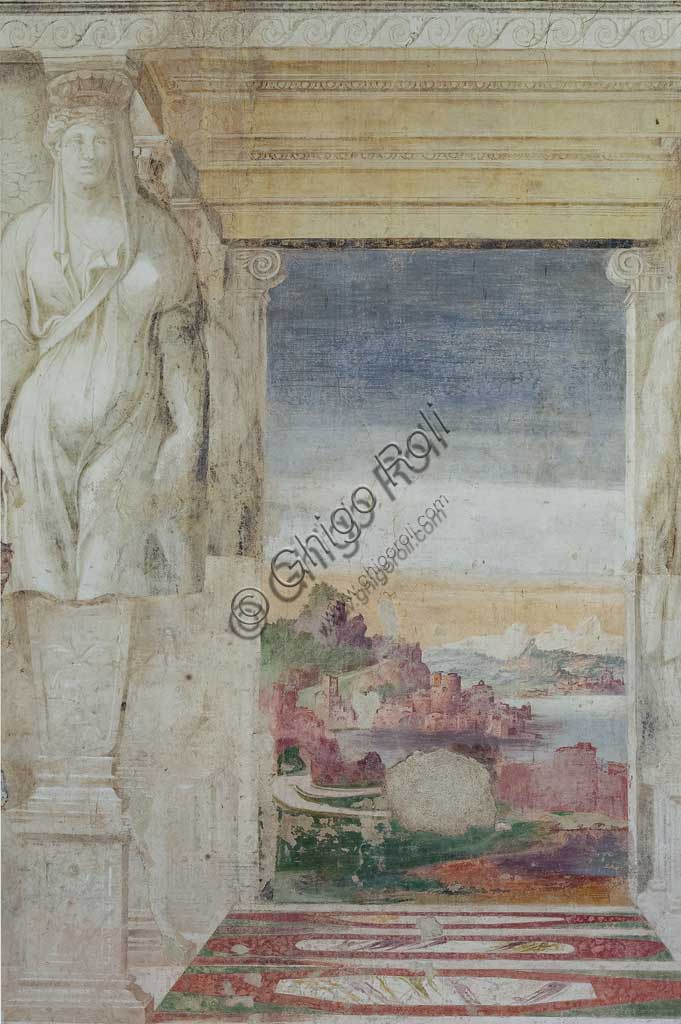
Voghiera, Delizia di Belriguardo, one of the 19 prestigious...
add to lightbox
20202_203.jpg
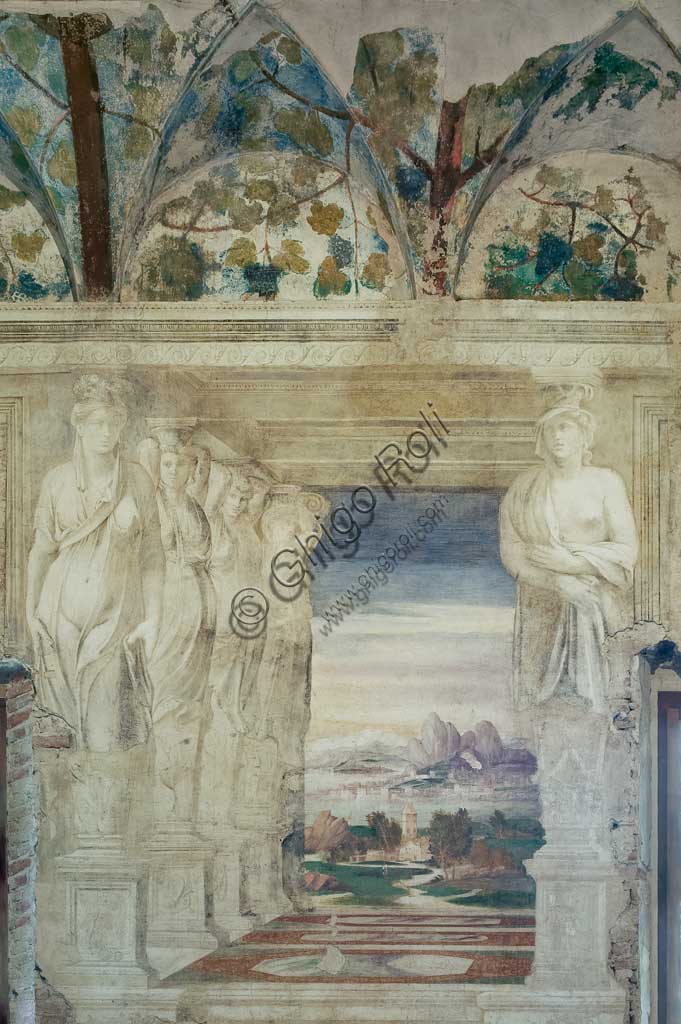
Voghiera, Delizia di Belriguardo, one of the 19 prestigious...
add to lightbox